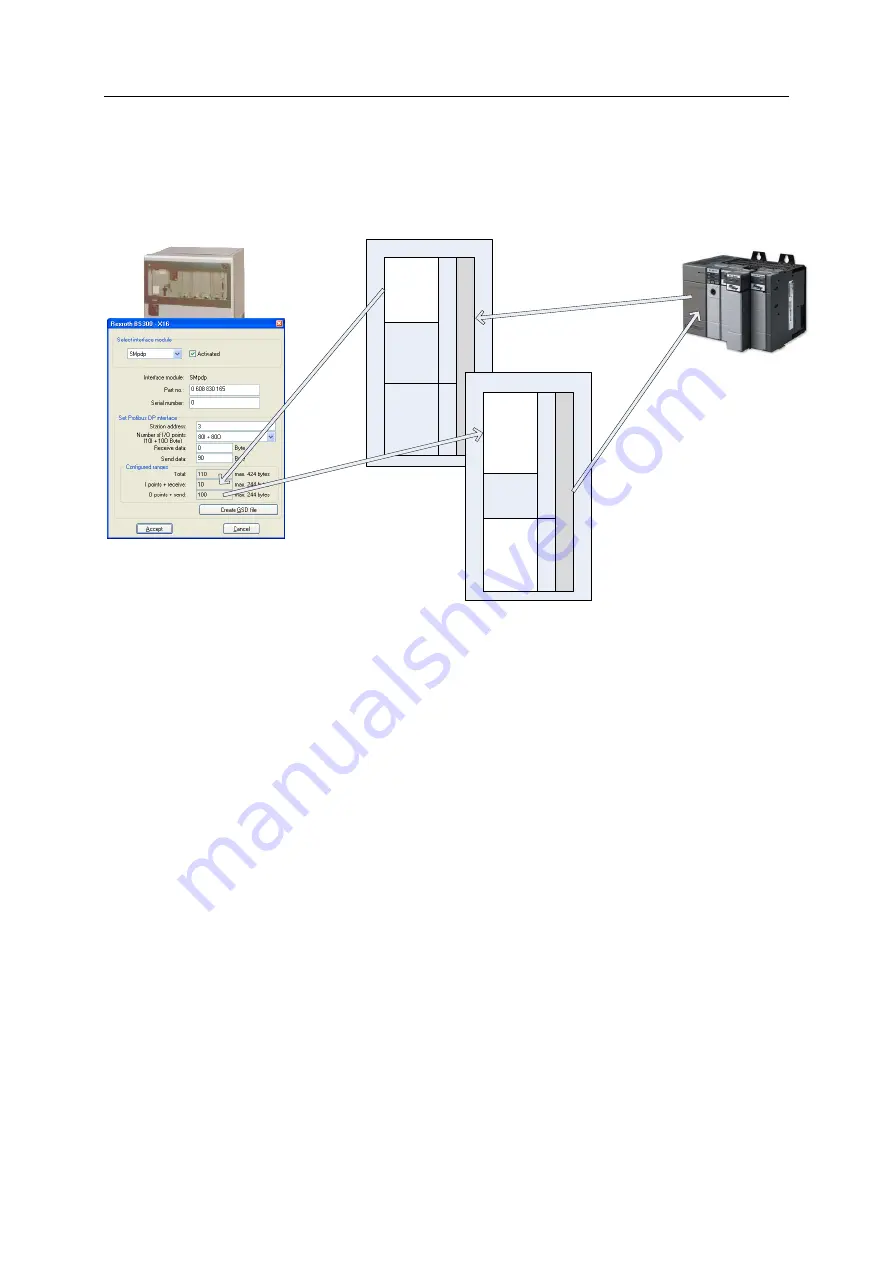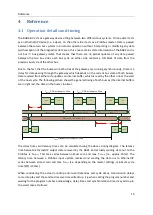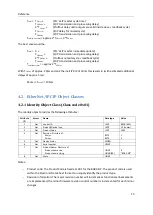
EtherNet/IP adapter functionality
11
match those of the SMpdp module. Please note that the PLC can readout the actual size of the
process data configured inside the KE/SE from the diagnostics area (see reference section).
The following picture shows the data flow and data areas in an example case:
2
4
0
b
y
te
s
p
ro
c
e
s
s
d
a
ta
K
E
in
p
u
ts
(1
0
b
y
te
s
)
CIP object
1
4
4
u
n
u
s
e
d
u
n
u
s
e
d
3
8
4
b
y
te
s
C
IP
o
b
je
c
t d
a
ta
u
n
u
s
e
d
2
4
0
b
y
te
s
p
ro
c
e
s
s
d
a
ta
K
E
o
u
tp
u
ts
(1
0
0
b
y
te
s
)
1
4
4
d
ia
g
s
u
n
u
s
e
d
3
8
4
b
y
te
s
C
IP
o
b
je
c
t d
a
ta
P
ro
fib
u
s
d
ia
g
n
o
s
tic
s
CIP object
Read process data
(get assembly 103 data)
Write process data
(set assembly 103 data)
PLC
BG02-EIP
SE/KE
3.2.1
Input data (PLC
BG02
KE)
The process input data (data sent from PLC to BG02) is mapped into the lower 240 bytes of the
assembly object instance 103 attribute 3. This data is cyclically updated (every 20ms) by writing to
the Profibus Slave #3 (the KE/SE SMpdp interface). The PLC must always write 384 bytes.
3.2.2
Output data (KE
BG02
PLC)
As outlined above, the output data sent from BG02 to the PLC is made up of two blocks. The first
block contains process data read from the KE’s SMpdp Profibus module, the second contains
diagnostics data on the BG02
KE SMpdp Profibus communication. The second block always starts
at byte offset 240 (dez), as the maximum process data size allowed in the KE is 240 Bytes. The PLC
must always read a fixed size of 384 bytes, therefore reading both blocks of information.
The first block containing process data is a 1:1 copy of the process data received via the Profibus
interface from the SE/KE. This means all signal mapping is done inside the KE using the BS300
software by setting up the “PLC assignment table”.
The following table shows the layout of the diagnostics area. Note, that all values are encoded using
“intel” endianness (“little endian”, i.e. LSB is first in memory).




































